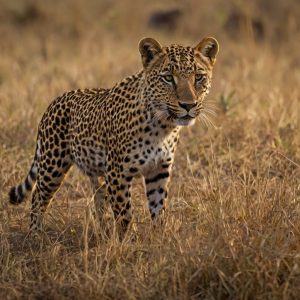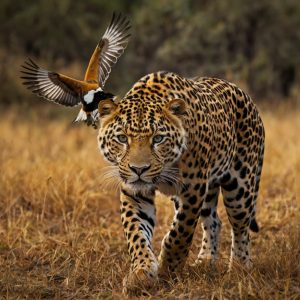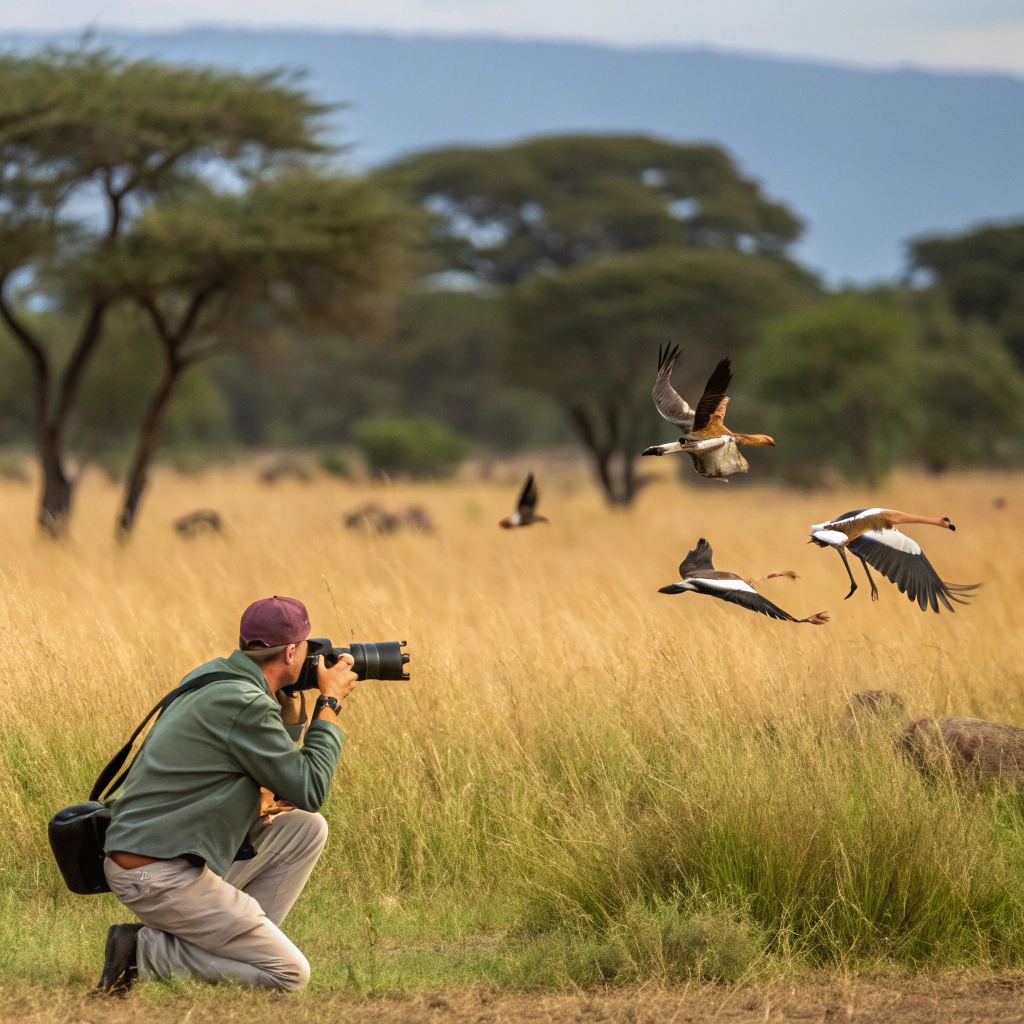Are you ready to snap stunning, jaw-dropping wildlife photos that leave everyone speechless?
As a passionate photographer and wildlife enthusiast, I’ve had my fair share of close calls with curious critters.
From snapping lions in the savannah to capturing playful pandas in their natural habitat,
But what if I told you there’s more to taking incredible wildlife photos than just pointing your camera at animals?
In this article, we’ll dive into my top picks for wildlife cameras that will take your photography skills to new heights.
We’ll explore the features, functions and unique selling points of each model – so get ready for a thrilling ride through the world of wildlife photography!
What Makes a Camera for Wildlife Photos Worth It?
When it comes to capturing jaw-dropping action in wildlife photos, there are a few key factors that set a camera apart from the rest. A top-notch camera for this type of photography needs to be able to keep up with even the fastest and most agile creatures.
A fast and accurate autofocus system is essential, as it allows you to track your subject without missing a beat. Look for cameras that can shoot at speeds of 10 frames per second or faster, which will give you a clear shot every time. This feature is especially crucial when chasing down birds in flight or snapping photos of lions on the hunt.
Additionally, a camera with good low-light performance will be your best friend when shooting in dimly lit environments. A full-frame sensor and high-quality lenses can help to bring out even the smallest details, making it easier to capture those elusive wildlife moments.
A robust build and weather-sealing are also vital for capturing photos in harsh outdoor conditions. Look for cameras that can withstand extreme temperatures, moisture, and dust, so you don’t have to worry about your gear getting damaged mid-shoot.
When it comes to lenses, a zoom range of at least 200-600mm is recommended for capturing the full scope of wildlife behavior. This will allow you to get up close and personal with even the largest creatures without disturbing them.
Lastly, consider cameras that offer built-in features such as image stabilization and burst mode, which can help to reduce camera shake and capture more images in quick succession. With these features, your photos are sure to be top-notch wildlife photography shots that make jaws drop!
Finding Your Shot – Understanding the Best Camera Angles
A solid understanding of angles and composition is crucial for capturing jaw-dropping wildlife photos.
Capture Jaw-Dropping Action
Experimenting with different camera angles can elevate your wildlife photography game. Consider using a low angle from below to make wild animals seem powerful and majestic, or capture birds in flight by shooting from above. By mastering these techniques, you’ll be able to create stunning images that will leave viewers in awe.
Shoot from a Low Angle
When capturing large wild animals like bears or lions, getting down to their level can emphasize their size and presence in their habitat. This technique works well for emphasizing power and majesty without disturbing the subject. Alternatively, for smaller animals like birds or deer, a high-angle shot conveys speed and agility.
For example:
- When photographing from below, aim for mid-range shots between 200-400mm (approx.) to capture feathers, wings, or entire scenes without getting too much background noise.
- Be cautious not to get too close, as this can startle the animal. Instead, try using a telephoto lens like a 300mm or higher shutter speed to maintain distance and reduce distractions.
Take a Bird’s-Eye View
When capturing birds in flight or other fast-moving wildlife from above, consider shooting for better visibility without obstructions. A wide-angle lens can capture action from multiple perspectives, while providing an overall better image.
For instance:
- When photographing birds like falcons or hawks on the wing, aim for high-speed shutter speeds around 1/1000th of a second to freeze motion and prevent blur.
- Use mid-range shots between 200-500mm (approx.) to capture feathers, wings, or entire scenes without getting too much background noise.
Use a Worm’s-Eye View
When capturing intimate moments in wildlife photography from a very low angle, consider shooting with a telephoto lens. This technique is perfect for birds or small animals that are not easily disturbed by human presence.
For example:
- When photographing beavers or otters at play, get down to their level using a 500mm or higher telephoto lens and aim for close-up shots of up to 1:2 (approx.) without disturbing the subject.
- Be careful not to creep too close as this can startle your subjects.
By mastering these techniques and experimenting with different camera angles, you’ll be able to capture stunning wildlife photos that will leave viewers in awe. Get ready to unleash your inner wildlife photographer!
Getting Up Close and Personal with Infrared Photography
 True infrared photography unlocks new dimensions of visual interest when capturing wildlife, revealing hidden details that traditional cameras often miss. This unique perspective allows photographers to delve deeper into their subjects’ natural behaviors and characteristics.
True infrared photography unlocks new dimensions of visual interest when capturing wildlife, revealing hidden details that traditional cameras often miss. This unique perspective allows photographers to delve deeper into their subjects’ natural behaviors and characteristics.
Infrared imaging reveals intricate patterns on animal coats, showcasing their vibrant colors and textures more vividly than regular cameras. The low-light sensitivity of infrared technology highlights the delicate nuances in an elephant’s hide or a lion’s majestic mane, previously imperceptible under normal conditions. This means that wildlife photographers can capture stunning images of nocturnal creatures like owls or bats in environments where lighting is limited.
Infrared imaging allows you to detect subtle changes in animal postures and behaviors that may go unnoticed under normal light conditions. By employing infrared photography techniques, wildlife enthusiasts can gain a deeper understanding of their subjects’ natural world, making for more engaging and authentic images.
Imagine capturing a majestic lion’s mane or spotting subtle markings on an elephant’s hide infrared photography makes it possible to reveal the beauty that lies just beyond our everyday visual spectrum.
One major advantage of using an infrared camera or lens attachment is that objects appear brighter than they would in normal daylight because theres less scattering of shorter wavelengths, resulting in sharper images with more defined textures and patterns.
By employing this technique, wildlife photographers can capture striking and unique photographs that showcase the natural world’s hidden beauty.
Clever Traps to Catch The Perfect Moment
When it comes to capturing jaw-dropping action shots of wildlife, one crucial element stands out: cleverly designed “traps” that can help you get up-close shots without disturbing your subjects. Let’s explore some innovative techniques for setting up these traps.
For nocturnal species, camera-mounted LED lights or remote shutter releases can create dramatic effects. Using a red-light flashlight to lure in big cats like tigers and lions has been successful in capturing stunning images without startling them. By carefully experimenting with light sources and angles, you can capture the essence of your subject’s natural behavior.
Imagine being able to sneak up behind an elk without scaring it off. With the right “trap,” you can get those dreamy, wild shots that capture a species in all its glory. It’s not just about having the best camera equipment, clever trapping techniques are essential. For example, setting up multiple cameras with spotlights or using hides to observe animals undisturbed can provide thrilling results.
For beginners, simple trap setups like camera-mounted LEDs or spotlights are a great starting point. However, more experienced photographers might find success in setting up multi-camera systems with specific lighting schemes to capture dynamic behavior. Using artificial light sources such as spotlighted blinds or hideaways can also be effective for observing animal behaviors without disturbing them.
To take your wildlife photography game to the next level, try setting up a camera-mounted spotlight near water sources. You might be surprised by how much it helps reveal interesting behaviors like feeding or mating rituals in species that typically remain hidden from view. Additionally, using hides and blinds can help you capture intimate moments between parents and their young without startling them.
When working with rare or endangered species, careful planning is key to capturing images without disturbing your subjects. Use the cover of darkness to set up cameras near watering holes or feeding areas, then review footage later when animals are active again. This allows for a more naturalistic approach and reduces stress on both you and your subject.
By combining clever traps with a keen eye for composition and timing, you can create images that are truly jaw-dropping the result of skillful planning, patience, and practice.
The Science Behind Slow Shutter Speeds in Wildlife Photography
 When capturing fast-moving wildlife, it’s not just about anticipating movement you need to anticipate the exact moment when a cheetah takes off. The resulting photos are nothing short of breathtaking: the blur of feathers as an eagle spreads its wingspan or the fleeting glimpse of a lioness chasing down prey.
When capturing fast-moving wildlife, it’s not just about anticipating movement you need to anticipate the exact moment when a cheetah takes off. The resulting photos are nothing short of breathtaking: the blur of feathers as an eagle spreads its wingspan or the fleeting glimpse of a lioness chasing down prey.
To achieve this effect without losing clarity, photographers must master two key techniques: panning and intentional camera movement. Planning involves moving with your subject while taking multiple shots in quick succession, which allows you to capture sharp images from different parts of their motion path. Intentional camera movement is more subtle, where the shutter speed creates blur as the photographer moves around their subject.
In practice, this requires a deep understanding of light control and aperture settings. A slow shutter release or manual focus can also help to achieve intentional blurriness without sacrificing image quality. By mastering these techniques, wildlife photographers can capture not just movement but emotion conveying the dynamic energy between predators and prey.
To put it into practice, try experimenting with different apertures (like f/2.8) in bright conditions to ensure proper exposure control while moving around your subject during the shot. For instance, you may want to use a wide aperture (large opening) like that when photographing fast-moving wildlife at dawn or dusk; however this can cause overexposure if not used correctly.
When done right, slow shutter speeds bring the rush of motion to life in images – revealing stunning details and emotions we never would have known existed.
Unconventional Wildlife Habitat for Captivating Photos
To take stunning wildlife photos, you need to get your subject into an environment that challenges both you and your camera. This is where unique locations come in – they can make all the difference between a mediocre photo and a jaw-dropping action shot.
Desert landscapes with towering rock formations are especially effective for capturing breathtaking images. Imagine being at eye-level with a majestic condor soaring above an ancient monument carved into the rocks, as you would in places like Zion National Park or Monument Valley. The golden hour, which occurs during this time of day when the sun’s rays pass through the canyon walls and create long shadows, adds depth to your photos.
In these stunning locations, photographers can capture incredible images that set them apart from others. For instance, photographer Art Wolfe once captured a stunning image of an eagle swooping down on prey while flying over Monument Valley – his use of perspective put both him and the subject in the scene perfectly.
To take advantage of this opportunity, try shooting during the golden hour for warm colors and long shadows. This technique will also help you create moody, atmospheric images that are perfect for wildlife photography magazines or stock photo collections.
Saltwater estuaries at dawn can provide incredible opportunities for capturing action shots of marine life. The low light conditions and misty atmosphere make it an ideal time to photograph these areas, as seen in photographer Art Camp’s work on Cape May. His images show a great balance between the calm waters and the ripples caused by his subject, which creates movement and tension.
For remote islands with steep cliffs like those found in places like Alaska’s Kenai Fjords or the Galapagos Islands, photographers need to be prepared for challenging terrain and unpredictable weather conditions. However, this environment can also provide some of the most unique wildlife photography opportunities on Earth – such as capturing majestic sea otters playing among rocky shores.
To access these remote locations safely, consider hiring a local guide who knows the island well. With their knowledge of the coastline and its inhabitants, you’ll be able to get closer to your subject without putting yourself or others at risk.
Rainforests like Costa Rica’s or Indonesia’s Sumatran jungle can provide an intimate setting for photographing wildlife in all-day life. The lush foliage creates a sense of mystery and allows photographers to capture images from different angles – which is what sets these types of environments apart from more ordinary locations.
When you’re looking at photos taken in such places, consider the psychological impact they have on your audience. It’s not just about getting close to an animal; it’s also about creating a connection with them that goes beyond the surface level. This connection can be inspired by nature and is crucial for understanding why wildlife photography excites so many people.
Abandoned mines like those in Eastern Europe or Mexico are another location where photographers capture images of majestic mountain goats in challenging conditions. These locations add an air of mystery to your photos, making them stand out from the rest.
For example, photographer Peter Van Der Meer once captured a dramatic image of a golden eagle soaring over abandoned mine shafts – it is one such shot that has set him apart as one of wildlife photography’s most talented photographers today.
To make use of these environments in your own wildlife photoshoots, try incorporating different lighting conditions and angles to create an atmosphere.
Getting Past Your Fear – Shoot the Unusual Creatures of Nature
 Wildlife photography is not just about snapping pictures of animals; it can be life-changing for photographers who dare to get close. Capturing wildlife in its natural habitat requires bravery and skill. For many photographers, the thrill of shooting wild animals can be exhilarating but also intimidating.
Wildlife photography is not just about snapping pictures of animals; it can be life-changing for photographers who dare to get close. Capturing wildlife in its natural habitat requires bravery and skill. For many photographers, the thrill of shooting wild animals can be exhilarating but also intimidating.
Capturing wildlife in its natural habitat requires bravery and skill. For many photographers, the thrill of shooting wild animals can be exhilarating but also intimidating. The fear of photographing certain creatures can paralyze even experienced photographers. Yet, it’s often in those moments of vulnerability that we take our most remarkable shots.
Taking risks has been shown to have positive effects on mental health, according to a 2017 study. People who engage in activities like skydiving and bungee jumping had lower levels of cortisol than those who didn’t. For wildlife photographers, this might mean getting up close to a bear or approaching a shark without hesitation.
Wildlife photographer guides often share their experiences on how they push past their fears and capture incredible shots. They advise students to focus on the animal’s behavior, rather than its size or danger. A practical tip is to look at an animal’s body language instead of trying to get close for a shot.
One such guide is Dr. Jane Goodall’s longtime collaborator, Brian Adams, renowned wildlife photographer. When photographing mountain gorillas in Rwanda, he began to feel more confident with each encounter because of his experience and knowledge of these incredible animals.
By facing our fears and taking calculated risks, we can gain new perspectives on the world around us and take home unforgettable images.
In order for a text to be improved from bad to great there are five main elements that must exist
Wildlife Photography: A World of Endless Possibilities at Your Fingertips
Never lose the excitement of capturing a glimpse into another world.
With today’s top wildlife cameras, even the most seasoned photographers can snap breathtaking shots that transport us back in time and ignite our senses.
These state-of-the-art devices pack an extraordinary amount of power and versatility, capable of handling any terrain or situation with ease.
By choosing the right camera for your next adventure, you’ll be one step ahead of the action.
Wildlife photography is not just about pointing a lens at animals; it’s about connecting with them on their own terms.
So why wait? Make that shot today and join an elite group of photographers who capture wildlife in all its glory.
Take decisive steps towards creating unforgettable images, seize this moment to unleash your inner photographer.



